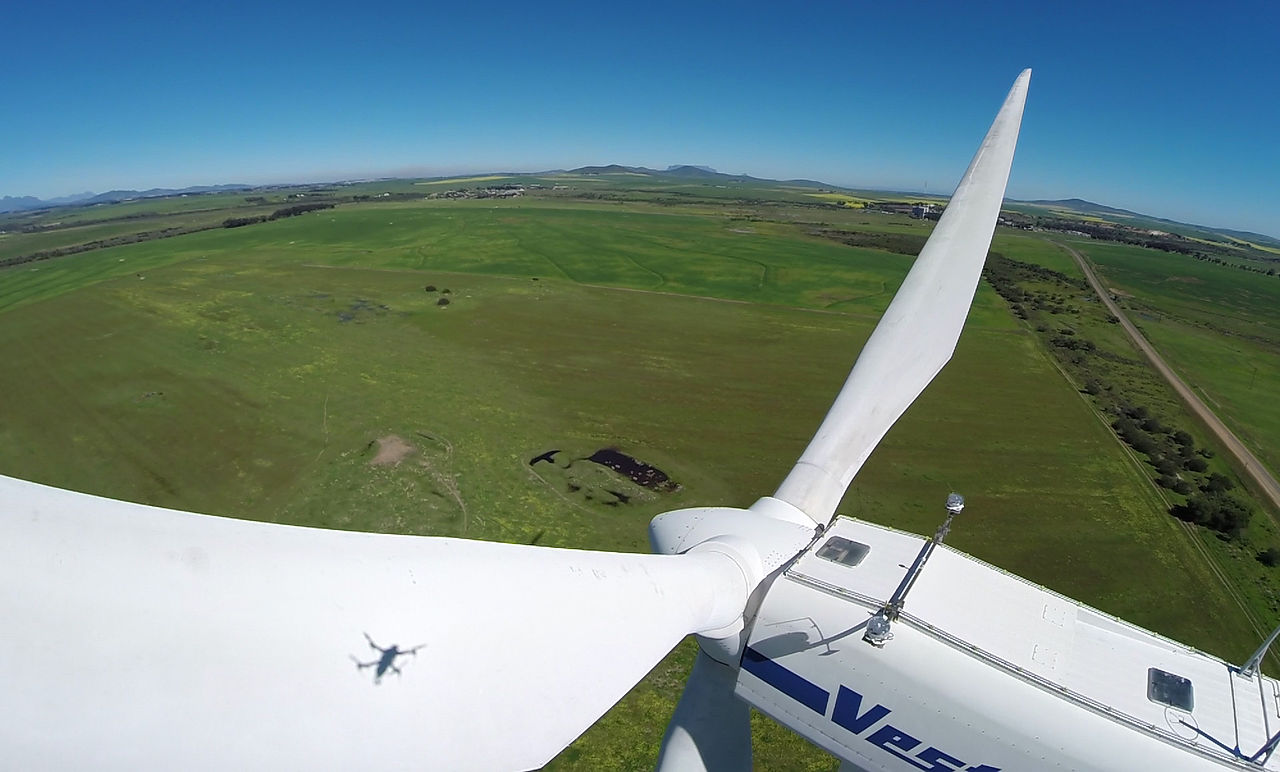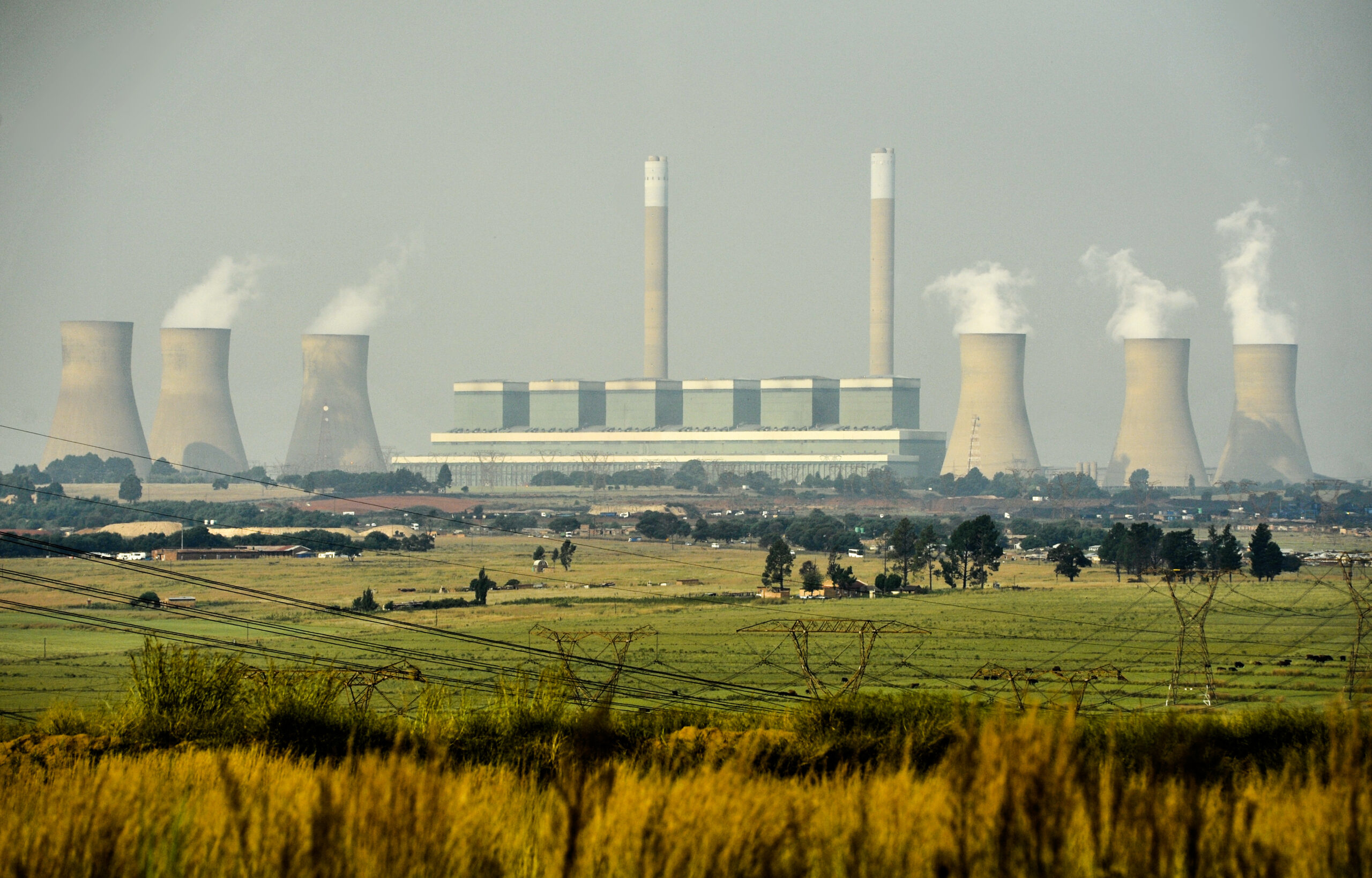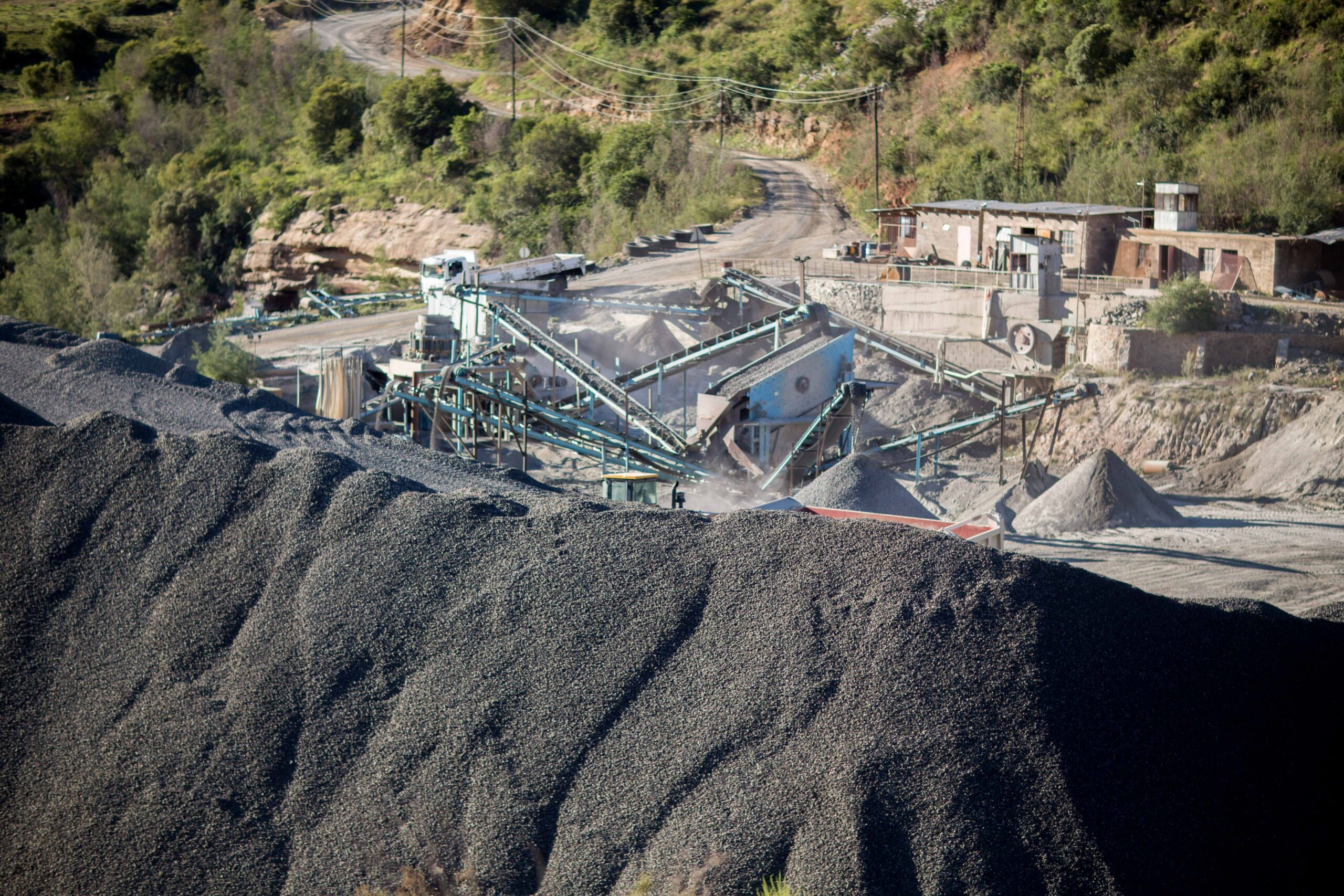South Africa’s wind energy potential (Video)
This video highlights the potential of wind energy in South Africa.
Like many countries worldwide, South Africa has committed to reaching net zero by 2050. To achieve this, the country will need to invest heavily in renewables, including wind energy. State-owned energy provider Eskom plans to move away from coal as its primary source of energy and towards renewable sources. With this in mind, South Africa’s official long-term energy plan envisages that there will be 22.7 gigawatts of wind energy on the country’s electricity grid by 2030.
As a result, this form of renewable energy is growing in popularity across the country. The ever-decreasing costs of renewable technologies generally have also made wind energy a popular proposition for investors. There are at least 33 wind farms in the country at various stages of construction and more in the pipeline.
In October 2021, Energy Minister Gwede Mantashe announced that a further 12 wind facilities would be built. This will add 1,600 megawatts (MW) of wind energy to the national grid. The government is expected to open a bidding window for the construction of a further 1,600 MW early this year.
Clearly, South Africa sees this type of renewable energy as a critical part of its path towards decarbonisation. But, how does this technology work and is it suitable for South Africa?
How wind turbines work
Wind turbines turn wind energy into electricity. The wind spins large propellors or blades around a rotor, which turns a generator, creating electricity. These turbines can be placed on land or offshore.

Advantages of wind energy
Wind energy has many advantages, making it one of the most popular kinds of renewable energy globally. It is free, renewable and has one of the lowest water consumption footprints. This is especially important in a country like South Africa, as it is a water-scarce country.
This market also has great job creation potential for a country like South Africa. The South African Wind Energy Association says that about 18,000 jobs have already been created in the wind energy sector.
South Africa is perfectly suited to wind energy, as it has a lot of wind and land mass. It also has diverse weather, ensuring that the wind is always blowing somewhere in the country. These natural features of the South African landscape present the country with opportunities to benefit from wind energy. The government could harness this energy by ensuring that wind farms are placed hundreds of kilometres away from each other. If enough wind farms are built, this could ensure a continuous supply of the energy source.
Wind energy also has great potential to meet the wider African continent’s energy needs. The Global Wind Energy Council says that this energy could power the continent 250 times over. But, Africa has only tapped 0.01 per cent of this potential.
Downsides to wind energy
Like all energy sources, wind also has some downsides. However, these are minimal compared to its advantages. For example, it can be intermittent due to the unpredictability of the wind. Wind farms are also expensive to build, although the costs diminish once the main construction phase is over. There have also been concerns over the impact of wind turbines on bat populations.
However, scientists are rapidly addressing these concerns. For example, battery storage technology is advancing rapidly, making it possible to store wind energy to make up for when the wind does not blow. Eskom’s long-term energy plan envisages that there will be 5,000 megawatts (MW) of battery storage in South Africa to support its renewable energy projects by 2030. As of late 2021, Eskom was working towards this goal by installing a 360 MW battery system across several provinces.
Meanwhile, the South African Bat Assessment Association has developed guidelines for constructing wind turbines to minimise the impact on bats.

Wind power generation
An average onshore wind turbine generates about 2.5 to 3 MW. The average offshore wind turbine generates about 3.6 MW. When combined in large wind farms, wind turbines have the potential to generate enormous amounts of energy. For example, while South Africa does not have any offshore wind farms as of 2022, a significant number of turbines situated in the right place in the ocean could supply all of South Africa’s electricity, a study by the University of Stellenbosch found.
But, determining the amount of power a turbine or farm can generate is complex. There are many variables to consider, including the length of the turbine’s blade, the height of the turbine, its position on the land and the wind speed. The taller the turbine, the faster the wind blows. The longer the turbine’s blade, the more energy it will produce. The longest turbine blade in the world is currently 107 metres long. Increasing the height of turbines and the length of turbine blades has its challenges. It is costly, and these giant turbine parts are difficult to transport.
Key wind farms in South Africa
South Africa’s fleet of wind farms consists of smaller and larger installations, with several farms having over 100 MW of energy capacity. The largest wind farms are the twin Loeriesfontein and Khobab facilities in the sparse Northern Cape province. These farms have 122 turbines combined, stretching over 6,653 hectares of land. Each turbine is 153 metres high. Together, these two farms power about 240,000 homes. The facilities came online in December 2017.
The Roggeveld Wind Farm in the Western Cape, which is still under construction, will be the most efficient wind farm in the country. It boasts the lowest electricity tariff in South Africa due to the cutting edge nature of the technology installed there.
Overall, South Africa’s wind farms are helping the country to drastically avoid millions of metric tonnes in carbon dioxide emissions. For example, had the Gouda Wind Farm in the Western Cape been a coal-fired power facility, it would have emitted around 402 million tonnes of carbon dioxide annually.
South Africa has the highest number of wind farms on the African continent, although it is not home to the largest farm. The biggest farm in Africa is in Kenya, and it has 310 MW of installed capacity.
Related Articles
Eskom: Green energy saves water
Generating electricity from fossil fuels has a hidden cost: South Africa’s already scarce supply of fresh water.
The false promise of ‘clean’ coal in South Africa
Even using the cleanest technology available, coal’s severe environmental, health and climate consequences remain unavoidable.




